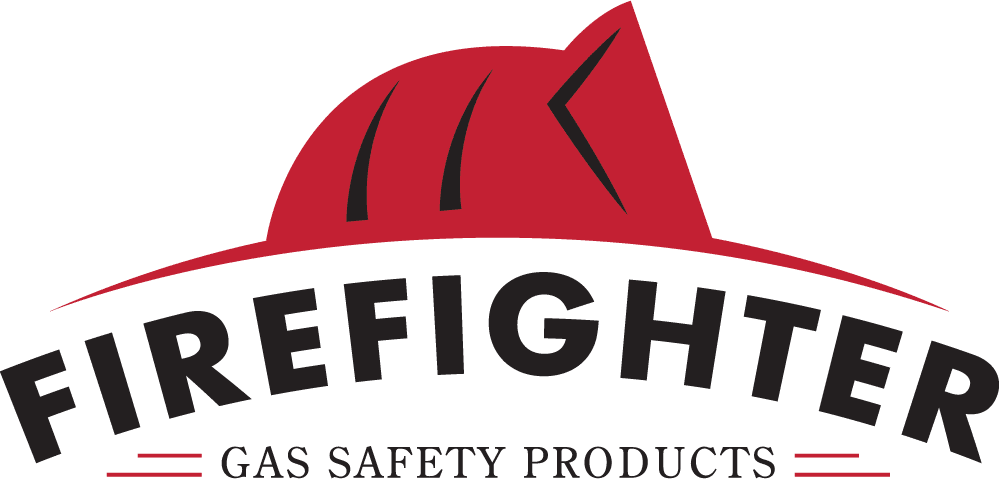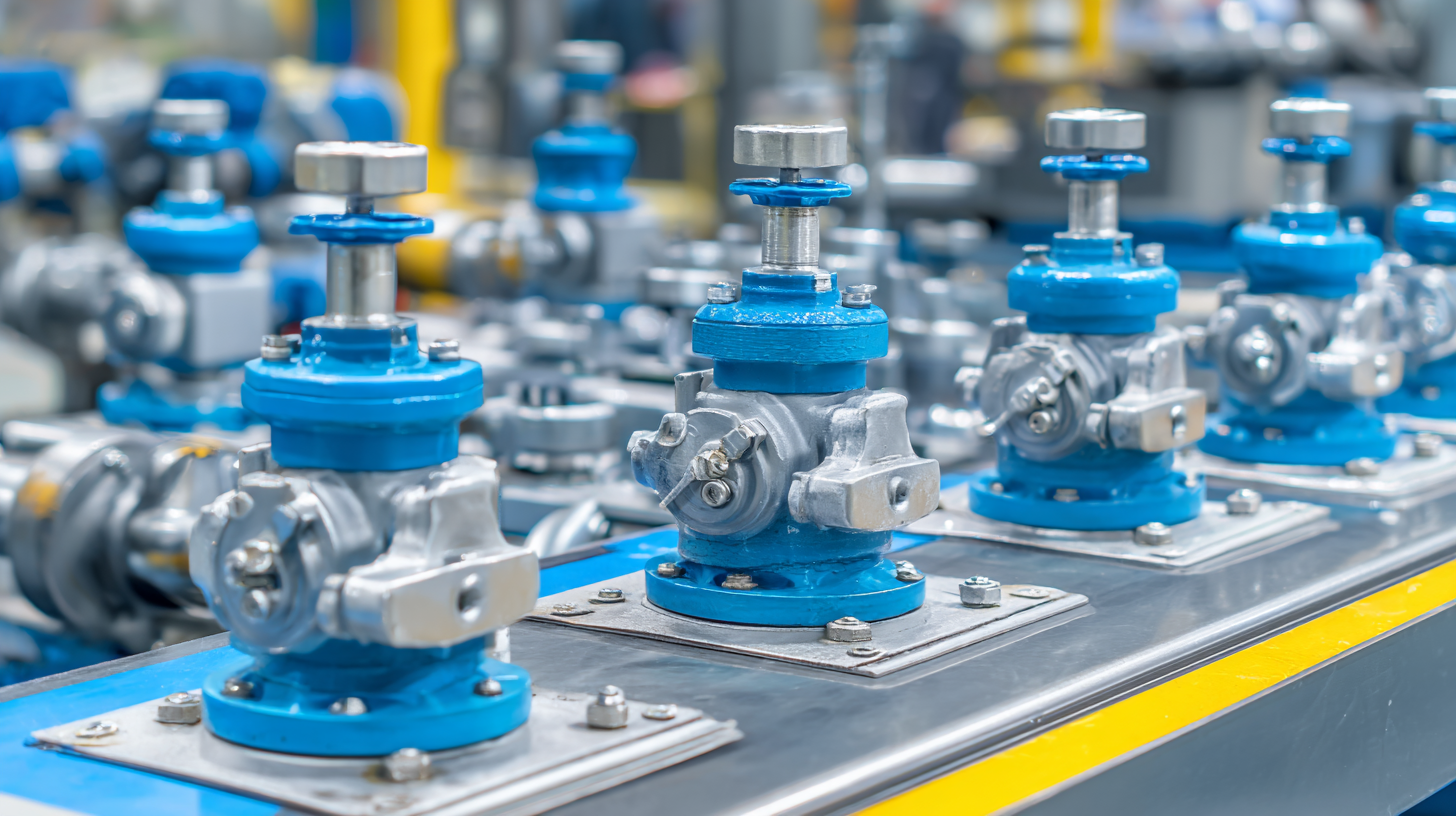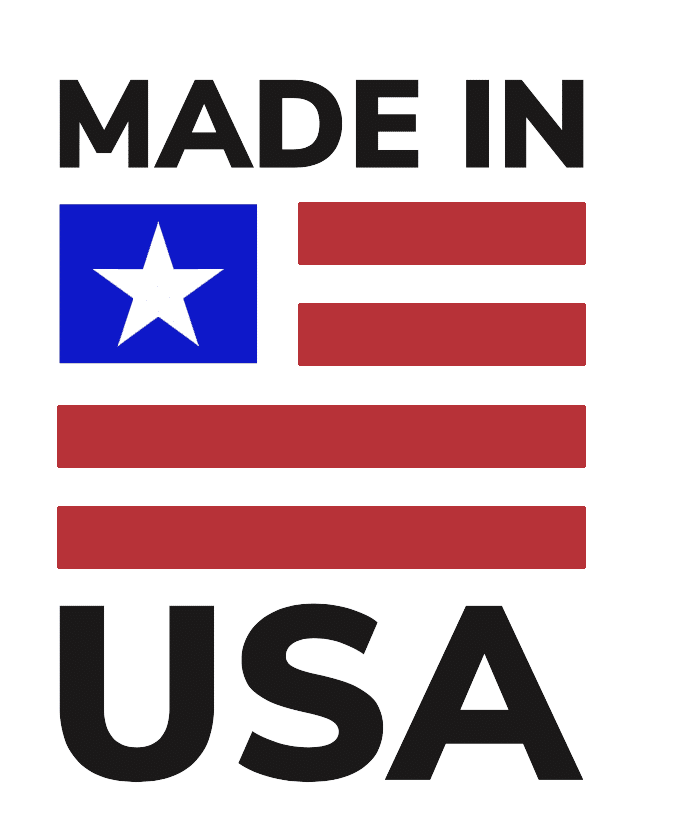

In the realm of industrial safety, safety valves play a pivotal role in maintaining operational integrity and preventing catastrophic failures. As machinery and processes continue to evolve, the design and functionality of safety valves have also advanced, reflecting the latest trends and standards in safety protocols for 2023. This article delves into the fundamentals of safety valves, offering insights into their critical functions, types, and applications across various industries.

Furthermore, we will explore emerging trends that shape the landscape of safety compliance and risk mitigation, emphasizing the importance of adopting enhanced safety standards. Understanding these elements not only helps in selecting the right safety valves but also ensures the protection of personnel, equipment, and the environment. As we navigate through this essential topic, it is crucial to recognize the integral role that safety valves play in safeguarding our industrial operations.
Safety valves play a crucial role in maintaining operational safety across various industrial applications, from oil and gas to chemical processing. According to recent data from the Global Safety Valve Market report, the demand for safety valves is projected to grow by 5.3% annually, reflecting the increasing emphasis on safety standards in manufacturing and production environments. These critical devices ensure the automatic release of excess pressure, preventing potential disasters such as explosions or equipment failures, which can result in significant financial and human losses.
In 2023, industry trends are leaning towards the integration of advanced technologies in safety valve design, such as the adoption of IoT capabilities for real-time monitoring and predictive maintenance. A study by the International Society of Automation highlighted that implementing smart safety valves could enhance safety measures by up to 30%, allowing for better decision-making based on data-driven insights. As companies strive to comply with stringent regulations and ensure worker safety, the importance of investing in high-quality safety valves has never been more apparent.
The landscape of safety valve technology is undergoing significant transformation in 2023, driven by advancements in materials, digitalization, and regulatory pressures. One of the prominent trends is the integration of smart technology in safety valves. These smart valves are equipped with sensors that provide real-time monitoring and predictive maintenance capabilities, enhancing their reliability and performance. This shift towards digital solutions allows industries to minimize downtime and optimize safety measures, ensuring compliance with evolving safety standards.
Another key trend influencing safety valve technology is the increasing focus on sustainability. Manufacturers are now prioritizing eco-friendly materials and designs that reduce environmental impact without compromising safety. This not only caters to regulatory requirements but also addresses the growing demand from consumers for greener solutions. Additionally, innovations in manufacturing processes, such as 3D printing, are enabling the production of lightweight and more efficient safety valves, further enhancing safety standards while maintaining cost-effectiveness.
Regular maintenance and inspection of safety valves are crucial for ensuring operational safety and compliance with industry standards. A best practice approach begins with creating a comprehensive maintenance schedule that aligns with the manufacturer's recommendations and regulatory requirements. This should include routine visual inspections to check for any signs of wear, corrosion, or leakage. Additionally, performing functional tests periodically is essential to verify that valves open and close at the set pressure. Documenting these inspections and tests is vital for maintaining a safety record and providing evidence of compliance during audits.
Another key aspect of safety valve maintenance is training personnel. Operators and maintenance staff should be well-versed in the specific requirements of the safety valves they oversee, including understanding potential failure modes and the importance of immediate reporting when issues arise. Using advanced monitoring technologies, such as pressure and temperature sensors, can further enhance insights into valve performance and allow for predictive maintenance. By fostering a culture of safety and diligence in valve care, organizations can significantly mitigate risks associated with system failures, thereby ensuring a safer operational environment.

Emerging innovations in safety valve technology are revolutionizing industry standards by enhancing performance and reliability. One significant trend is the integration of smart technologies, such as IoT sensors that continuously monitor pressure levels and respond in real-time to anomalies. These advancements allow for greater precision in valve operation, enabling facilities to preemptively address potential failures and optimize their safety protocols.

Additionally, the use of advanced materials is improving the durability and resistance of safety valves. New composite materials not only withstand extreme temperatures and corrosive environments but also reduce maintenance needs, thereby increasing overall operational efficiency. As manufacturers focus on developing more resilient safety valves, the industry is witnessing a shift towards products that not only comply with current regulations but exceed them, ultimately driving a culture of proactive safety management in industrial settings.
In 2023, the regulatory landscape for safety valves has undergone significant changes aimed at enhancing compliance and ensuring better protection against failures in high-pressure systems. According to a report from the American Society of Mechanical Engineers (ASME), recent updates to the ASME BPVC (Boiler and Pressure Vessel Code) now require more stringent testing and maintenance protocols for safety valves, reflecting the industry's commitment to reducing risks associated with equipment failures. These regulations emphasize not only the performance of safety valves but also their role in overall system integrity.
The increasing focus on safety standards is corroborated by data from the National Board of Boiler and Pressure Vessel Inspectors, which indicates that nearly 30% of safety valve failures correlate with inadequate maintenance and outdated compliance measures. As industry stakeholders adapt to these new regulations, companies are investing in advanced monitoring technologies that facilitate real-time inspections and predictive maintenance. This shift not only helps in adhering to compliance but also boosts operational efficiency, minimizing costly downtimes and enhancing safety across operations. Consequently, organizations that embrace these developments are better positioned to navigate the evolving regulatory environment while ensuring the safety of their personnel and equipment.
| Aspect | 2022 Standards | 2023 Updates | Impact on Compliance |
|---|---|---|---|
| Pressure Settings | 50-150 PSI | 50-200 PSI | Increased testing required for higher limits |
| Material Standards | ASTM A216 | ASTM A336 | Stricter quality control measures |
| Certification Requirements | ISO 9001 | ISO 9001 + additional local certifications | More documentation required for certification |
| Testing Frequency | Annual | Semi-annual | Higher operational safety and reliability |
| Emergency Release Features | Basic design | Redesigned for faster response | Improved safety measures in high-risk setups |
© Copyright 2025 | LittleFirefighter.com | All Rights Reserved | 1EZ Creative: Orange County Web Design
Fusce ut ipsum tincidunt, porta nisl sollicitudin, vulputate nunc. Cras commodo leo ac nunc convallis ets efficitur.

12345 North Main Street,
New York, NY 555555
1.800.555.6789
sale@vibrotools.com
